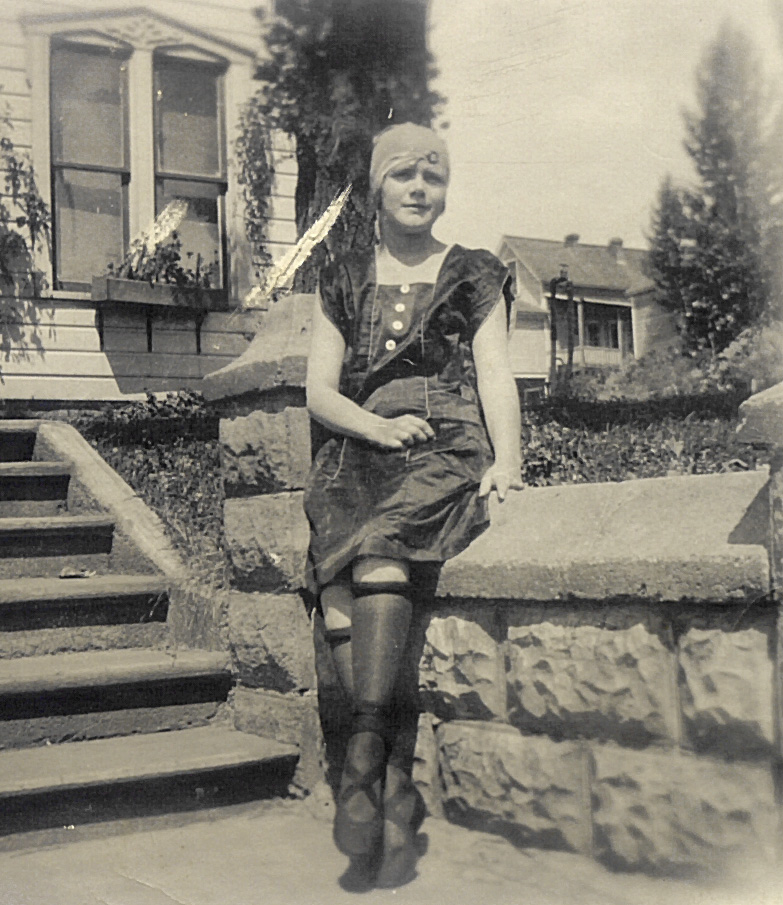I didn’t know there were Flappers in Moscow, Idaho, in 1922, but this classic photograph is proof positive. As is often the case with fashions that shock, there was an underlying message of social rebellion woven into the fabric of the style. In this case, the risqué clothes were about women trying to establish an identity that didn’t require being housebound in a housecaot. An excerpt from a 1922 New York Times article about the Flapper craze that looks at how one young woman didn’t really care if hemlines grew longer as long as she could work:
“One of the emancipated ones, with a Knickerbocker grandmother and much family oposition behind her ‘adventures into the open,’ in telling of her struggle for freedom, said:
‘I worked during the war, of course–every one did. And I decided then that never again would I be content to sit at home and do nothing but go to parties. It was hard work at first to get my people to understand how I felt about it. But I finally succeeded. I’ve been here two years. Now I want a better job. I want more money and I think I’m worth it. Jobs are awfully hard to get, though. I do not want my friends to help me if I can manage to get a better position without their assistance.
‘Several of my friends have gone to work because they were so bored at home. One of them is a saleswoman in a smart costume shop. She’s been having lots of fun with some of the snobbish friends of her rich family connections. These snobbish ones haven’t gotten used to the ‘working girl’ idea yet.
‘No, I don’t think I shall give up working when I marry. It seems to me that you understand the ‘tired business man’ much better when you have been a ‘tired business woman.’ It’s not very easy being at a desk all day. I certainly wouldn’t expect my husband to take me to late parties every night, which seems to be what wives who have never worked seem to expect.'”
••••••••••
A trip to the inventors’ convention with that flapper, Betty Boop:

